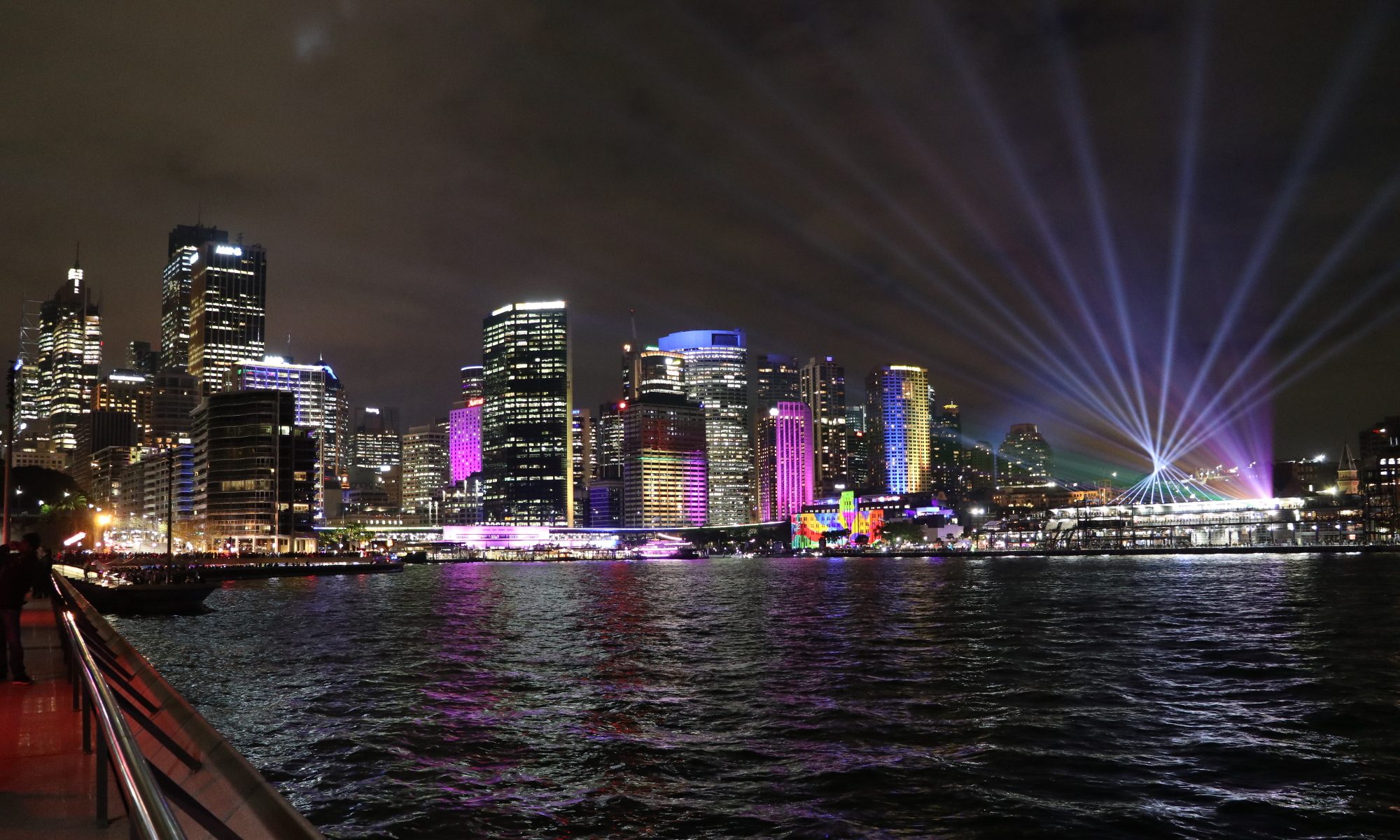Short version: Some thoughts on the blurry line where competition becomes toxic, and also robots.
Long version:
Competition
The story:
Athlete Mary Cain wrote and spoke with the New York Times about her experience training with the Nike Oregon Project, which ended recently after the head coach Alberto Salazar was banned due to involvement with doping. The environment at Nike Oregon Project was physically and mentally damaging for athletes like Cain, and for her the experience was clearly toxic. It is harder to say the project as a whole was toxic, because for other athletes (including Mo Farah) that environment led to enormous success. I am reminded of the ritual of stabbing a pin into ones chest practiced by elite military groups. Objectively this is painful and physically damaging, but so is much of what is used in selecting elite units.
My thoughts:
Pain, either physical or emotional, ought not always be avoided, but neither should it be sought out. In competitive environments an ability and willingness to suffer is a factor in success, whether the environment is a sports field, or a business sector, or a war. In my experience that suffering is much easier to bear when I feel I am choosing to face it, rather than it being imposed upon me. This is the contradiction of self-harm, that when suffering is imposed on someone they sometimes react by imposing further suffering upon themselves. It is worryingly unclear to me where the line is between good and healthy competition vs. a bad and damaging environment, but the evidence would suggest that the in a given environment like Nike Oregon Project, some can thrive while others will be crushed.
Robots
I encountered robotic arms that emulate a bartender in London this week, pictured below. It feels like something out of science fiction, where human like robots perform labour for their fleshy masters. While the spectacle of the arms at work is attention grabbing, a more elegant solution to dispensing beverages is the Coca Cola freestyle, (pictures of the internals from reddit here and here) which also can produce a large variety of mixtures, but in location and design is very similar to the more mundane soda dispenser. Consumer technology is often marketed through the cold lense of quantitative performance metrics, but our relationship with that technology (and our willingness to consume it) is just as emotional as the art that inspires it. We as a society built this robotic bartender (and so many other things), not because it was a practical solution to the problem of how to add tonic water to gin, but because it entertains us by feeling like the future we imagine.



